
Gravisensors in plant cells behave like an active granular liquid (PNAS)
Plant Science Research WeeklyWhen you try to tip rocks out of a bucket, nothing happens until the steepness of the angle is sufficient to start them shifting (the “avalanche angle”). By contrast, water starts moving with even the slightest tilt to the bucket. Now think about the gravity sensing particles in plant cells, starch-rich…

Mutations in a subfamily of ABA receptor genes promote rice growth and productivity ($)
Plant Science Research WeeklyLike all plant hormones, ABA controls diverse processes, including stomatal aperture and seed dormancy, and growth rate. Miao et al. have used CRISPR/Cas9 technology in rice to selectively mutant subsets of the 13-member PYL family of ABA receptors. They found notable differences when mutating group…

The cytokinin trans-Zeatin plays a role in long distance nitrogen signaling ($) (Plant Cell)
Plant Science Research WeeklyPlants modify gene expression and physiological processes to overcome temporal and spatial variations in nitrogen availability. These modifications rely on complex root-shoot-root signaling networks which are triggered by cytokinin biosynthesis. Poitout and colleagues use mutant analysis, transcriptome…
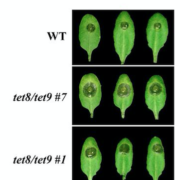
Plant exosomes mediate cross-kingdom RNA interference ($) (Science)
Plant Science Research WeeklySmall RNAs (sRNAs) trafficking between host plant and pathogens can occur in a wide range on interactions. Pathogen-produced sRNAs have been shown to suppress host plant immunity, and conversely host plant-derived sRNAs can reduce pathogen virulence by targeting pathogenic genes of the pest. Nevertheless,…
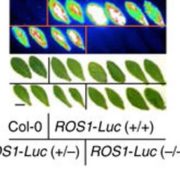
CRISPR/Cas9-mediated gene targeting in Arabidopsis using sequential transformation (Nature Comms)
Plant Science Research WeeklyGenome modification is a powerful tool, yet precise genome engineering in plants remains challenging. Miki et al. report on the sequential transformation method for gene targeting in Arabidopsis. The parental plants expressing CRISPR/Cas9 under the egg cell- and early embryo-specific DD45 promoter were…
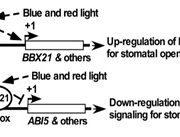
HRB2-BBX21 interaction regulates stomatal aperture
Plant Science Research WeeklyStomata must maintain a balance between opening for carbon uptake and closing to prevent dehydration and pathogen invasion during times of stress. Kang et al. investigate this relationship, utilizing light and ABA signaling to modulate stomatal dynamics. HBR2 was identified as a chromatin-remodeling…
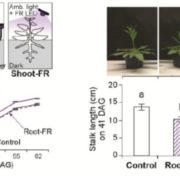
Root-expressed phytochrome B1 and B2 regulate shoot growth in nature (Plant Cell Environ.)
Plant Science Research WeeklyLight is not only a driving force of photosynthesis, but also an important environmental signal. Oh et al. report that a number of light sensing phytochromes are expressed in roots of native tobacco (N. attenuata) at higher levels than in the shoots. The authors investigated the roles of those root phytochromes…
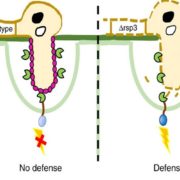
The repetitive effector Rsp3 promotes the virulence of the corn smut fungus Ustilago maydis
Plant Science Research WeeklyThe corn smut fungus Ustilago maydis manipulates maize tissues and cells through the secretion of effectors that modulate host protein activities. In a recent article published in Nature Communications, Ma et al. characterize a highly repetitive effector protein family (Rsp3, repetitive secreted protein…
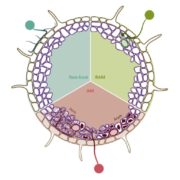
Opinion: Non-mycorrhizal Plants: The exceptions that prove the rule (TIPS)
Plant Science Research WeeklyMost vascular plants establish in their roots a multifunctional symbiosis with arbuscular mycorrhizal (AM) fungi. Among the 29% that do not host AM fungi are 66-92% of the members of the Brassicaceae family, including some major crops (broccoli, oilseed rape) as well as the model plant Arabidopsis…

